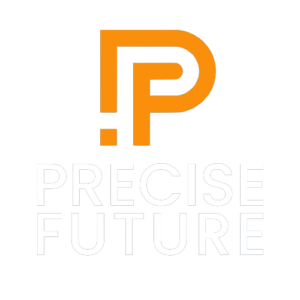In this category, we discuss various topics related to website performance and optimization, with a special focus on WordPress and Elementor. We begin by discussing the latest techniques and technologies for web performance, including HTTP/3, edge computing, machine learning, and progressive web applications.
We then discussed the importance of modern web development technologies for website performance and the role of Progressive Web Apps in this changing landscape. We also discuss WordPress plugins and themes that integrate AI tools and AMP compatibility issues in WordPress.
We then move on to discuss compatibility issues within the WordPress ecosystem and the best practices recommended by AWS and Google AMP when migrating a website to the AWS cloud and installing the AMP plugin. We also discuss WordPress speed and performance issues reported by Elementor users and how to resolve them.
To conclude, we discuss how to correctly gauge prospects' expectations of a product or service and how to advertise effectively without creating false expectations. We talk about the importance of being honest and transparent, providing examples and case studies, setting clear expectations from the start, and providing excellent customer service.
Latest techniques and technologies for web performance
There are various techniques and technologies that can improve web performance. Here are some of the most recent:
- HTTP/3: This is the latest version of the HTTP protocol, designed to improve web performance by reducing latency and improving network performance.
- Serverless computing: With this technique, the cloud provider manages the servers and infrastructure needed to run your application, which can improve web performance.
- CDNs: These are geographically distributed server networks to deliver content to users from the nearest server.
- PWAs: Web applications that can be installed on a device and run offline.
- AMP: It is an open source framework that optimizes web pages for mobile devices.
- Browser cache: Where the browser stores web page resources, reducing load time.
- Lazy Loading: Web page resources are loaded only when they are needed.
- Image optimization: Compressing and resizing images can significantly reduce loading time.
- Web Assembly: Allows developers to write high-performance web applications in languages like C++ and Rust.
- Server-Side Rendering: Server-side rendering is a technique where the server generates HTML for the web page, rather than relying on the browser to do so. This can help improve web performance by reducing the time it takes for the page to load.
In general, these techniques and technologies seek to optimize the user experience on the web, ensuring faster loading times, greater interactivity and better adaptability to different devices.


